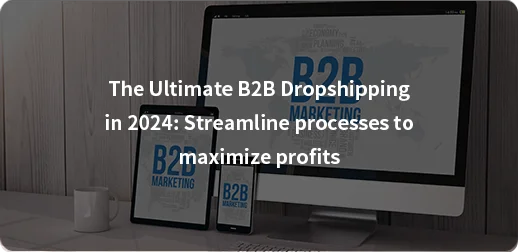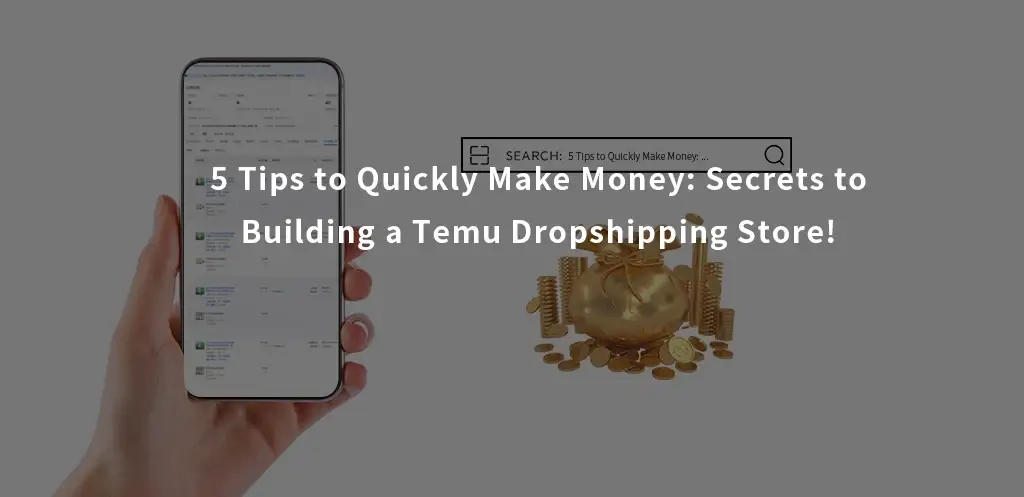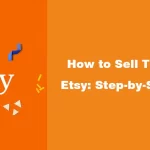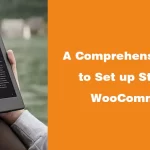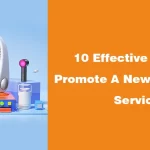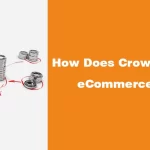As an e-commerce entrepreneur using Amazon, you’ve probably seen how hard it can be to make sales efficiently and effectively. How do you start? How do you scale? This is a feeling I’m very familiar with.
In my journey through the ups and downs of Amazon selling, I’ve learned it’s more than just listing your products. It’s about mastering a strategy that optimizes your visibility, attracts customers, and ensures their satisfaction.
An effective strategy for selling on Amazon can be the difference between a one-time buyer and a lifelong customer. In this article, we’ll dive into practical and effective strategies you can use to navigate the highly competitive world of Amazon selling.
Tips For Selling on Amazon

Amazon is a huge marketplace with immense potential, but we both know how overwhelming it can be initially. As an experienced seller on the platform, I want to share some practical tips with you.
Whether you’re just starting or looking to improve your current strategy, these tips will explain what you need to know to make the most of your Amazon business:
Step One: Create a Business Plan

Launching into Amazon sales requires a well-crafted business plan. Here’s how you can make yours stand out with expert-level detail:
- Executive Summary: Start with a snapshot of your business goals. For example, if your goal is to become a top seller of home fitness equipment on Amazon within a year, state this clearly.
- Company Description: Detail your unique offerings. Say you’re selling eco-friendly yoga mats; emphasize how they’re different from others on the market, perhaps highlighting your sustainable manufacturing process.
- Market Analysis: Dive deep into the specifics. For instance, if you’re entering the pet supply market, analyze trends like the growing demand for organic pet food. Use data from Amazon’s bestseller lists to identify potential gaps you can fill.
- Operational Plan: Describe your day-to-day operations with specifics. If you plan to use Fulfillment by Amazon (FBA), outline how you’ll manage inventory levels to avoid long-term storage fees, a common pitfall for new sellers.
- Financial Plan: Be detailed in your financial projections. For instance, if you’re selling handmade jewelry, factor in not just the cost of materials and Amazon fees but also potential seasonal fluctuations in sales.
- An expert tip: No matter what you do, always keep Amazon’s ever-changing algorithms in mind. Regularly optimizing your product listings with relevant keywords can improve your product’s visibility and ranking.
Step Two: Understanding The Fees

If you really want to make the most out of your business, you need to understand Amazon’s fees. It’s a critical aspect of selling on the platform. Here’s a clear breakdown of the key fees you need to be aware of:
- Referral Fees: Amazon charges a referral fee for each item sold, which varies by product category.
For example, if you’re selling electronics, expect a fee of around 8%, while jewelry items can attract fees closer to 20%. This fee is calculated based on the total sale amount, including shipping and any gift-wrapping charges.
- Selling Plans: You have two main options. The Individual Plan is more suitable for sellers with fewer transactions, charging $0.99 per item sold. In contrast, the Professional Plan, at $39.99 per month, is better for higher volume sales. It includes additional features like inventory management tools and advertising options.
- Fulfillment Fees: This depends on your fulfillment strategy. If you opt for Fulfillment by Amazon (FBA), you’ll pay fees for Amazon to handle storage, packing, and shipping.
These fees are based on the size and weight of your products. For instance, a standard-sized item weighing less than one pound can cost around $2.50 per unit for fulfillment.
- Additional Costs: There are other fees to consider, like long-term storage fees if your products stay in Amazon’s warehouse for an extended period and fees related to optional services like advertising.
Keep a close eye on your product dimensions and packaging. Oversized or improperly packaged items can incur higher fees, impacting your profit margins. Additionally, regularly reviewing your inventory turnover can help avoid long-term storage fees.
Step Three: Choose a Selling Plan

When diving into Amazon sales, one of your first big decisions is selecting the right selling plan.
Let’s unpack the two main options to help you decide which fits your business best.
- Individual Plan: This plan charges you $0.99 per item sold. It’s an excellent fit if you’re just testing the waters or expect to sell fewer than 40 items per month.
You won’t pay any monthly fees, making it a low-risk choice for new or small-scale sellers. However, remember that it comes with a per-item selling fee and limits certain features and reporting tools.
- Professional Plan: Priced at $39.99 per month, this plan is ideal if you’re planning to sell on a larger scale. It waives the per-item fee, making it cost-effective if you sell more than 40 items a month.
You’ll gain access to advanced selling tools, bulk listing capabilities, and more robust reporting options. It’s a plan that grows with your business, offering features that support scaling up.
Both plans include referral fees based on your product category and other potential fees depending on your fulfillment choices.
If you’re handling fulfillment yourself or using a third-party service like Globallyfulfill, you’ll need to factor in those costs as well. For example, if you’re using a third-party logistics (3PL) provider, they’ll handle the fees associated with storage, packing, and shipping.
You should also analyze your expected sales volume and operational needs before choosing. If you’re uncertain, start with the Individual Plan.
You can always upgrade to the Professional Plan as your sales increase and your business needs evolve. Also, consider using tools like Amazon’s fee calculators to get a clearer picture of your potential costs under each plan.
Step Four: Choose a Fulfillment Program
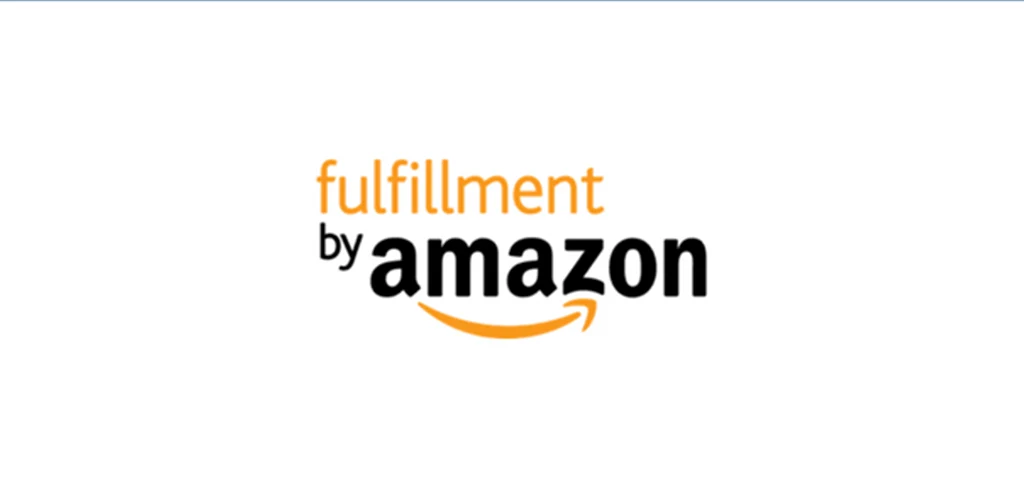
When selling on Amazon, choosing the right fulfillment program is crucial for operational efficiency and customer satisfaction. Here’s an expert overview of the available options:
- Fulfillment by Amazon (FBA): With FBA, you send your products to Amazon’s fulfillment centers. Amazon then takes care of storage, packing, shipping, and customer service.
This is ideal if you prefer to focus on other business areas without worrying about the logistics. For instance, a seller dealing in small, lightweight items might find FBA cost-effective due to lower shipping and handling fees.
FBA Fees: These include inventory storage fees, based on the size and volume of your products, and fulfillment fees per order, depending on the product’s size and weight.
- Merchant Fulfilled Network (MFN) or Fulfillment by Merchant (FBM): This option requires you to handle storage, shipping, and customer service. It suits sellers who already have established logistics processes. For example, if you sell large, bulky items, FBM might be more cost-effective to avoid high FBA storage fees.
FBM Costs: These mainly involve your logistics expenses, such as warehouse storage and shipping. You also maintain direct customer contact for service and returns.
- Seller Fulfilled Prime (SFP): This allows you to display the Prime badge while fulfilling orders from your own warehouse. It requires meeting Amazon’s delivery standards, including one-day and two-day shipping options.
SFP is suitable for sellers who can match Prime delivery expectations but want to retain fulfillment control.
- Globallyfulfill: For sellers who prefer a more hands-off approach to logistics but still want to retain some control, partnering with Globallyfulfill can be an excellent strategy. Globallyfulfill can manage aspects of your inventory and fulfillment process, ensuring efficient and timely shipping.
This partnership can be particularly advantageous for FBM sellers who need support in managing the logistics complexities of storing and shipping their products.
You should regularly review your sales volume, product size, and logistical capabilities to decide which fulfillment option aligns with your business strategy.
For example, high-volume sellers with small, easy-to-ship products might benefit from FBA, while niche sellers with unique or large items might find FBM more suitable.
Step Five: Product Pages

Setting up your product pages on Amazon is a crucial step in establishing a successful online presence. With millions of sellers on the platform, your product listings need to be precise, informative, and appealing to stand out.
Here’s how to set up effective product pages:
- Product Titles: Keep them concise yet descriptive. For example, if you’re selling a wireless Bluetooth speaker, your title should include the brand, key features, and model. Ensure it’s under 200 characters and incorporates essential keywords for better search visibility.
- High-Quality Images: Use clear, high-resolution images that showcase your product from various angles. Amazon recommends image resolutions of 500 x 500 pixels or 1,000 x 1,000 pixels. Including images of the product in use can also help customers visualize its application.
- Detailed Descriptions and Bullet Points: Your description should highlight your product’s key features and benefits. Use bullet points for readability, focusing on what sets your product apart. For instance, if you’re selling eco-friendly water bottles, emphasize features like BPA-free material or insulation properties.
- Keywords and Search Terms: Conduct keyword research to find terms potential customers might use to find products like yours. Integrating these keywords into your title and description can improve your product’s search ranking on Amazon.
- Compliance with Amazon’s Rules: Before listing, ensure your product complies with Amazon’s guidelines, especially for categories that require approval, like jewelry. Check that your product is not restricted and meets all listing requirements.
- Variations: If your product comes in different colors, sizes, or scents, list these variations clearly. It helps customers find exactly what they’re looking for and can increase your product’s appeal.
Conclusion
In conclusion, mastering Amazon selling is a multifaceted endeavor. It involves strategic planning, understanding the intricacies of Amazon’s fee structure, selecting the appropriate selling and fulfillment plans, and meticulously crafting your product pages.
The journey to becoming a successful Amazon seller requires a combination of smart planning, ongoing optimization, and a deep understanding of the platform’s dynamics.
Remember, each step, from crafting a detailed business plan to optimizing your product listings, plays a crucial role in your success. By staying informed, adaptable, and customer-focused, you can transform the challenges of Amazon selling into opportunities for growth and success.





